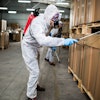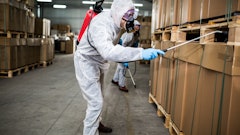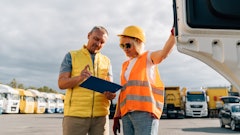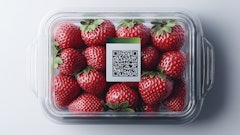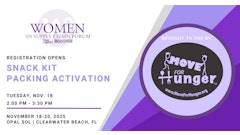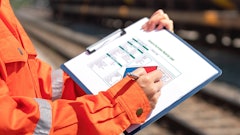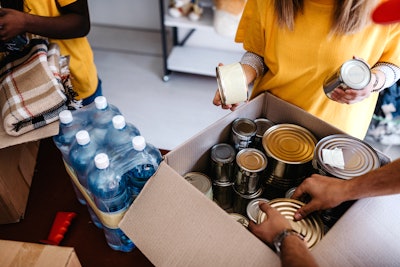
Complete this sentence: I’m not a doctor, but…
Believe it or not, that expression immediately came to mind when I was asked to write about what food logistics professionals bring to the table for disaster relief.
After all, like those actors who only “play one on TV,” most of you aren’t doctors or first responders. However, you do have many skills and assets that can be equally applicable after disasters hit.
Log in to view the full article
Complete this sentence: I’m not a doctor, but…
Believe it or not, that expression immediately came to mind when I was asked to write about what food logistics professionals bring to the table for disaster relief.
After all, like those actors who only “play one on TV,” most of you aren’t doctors or first responders. However, you do have many skills and assets that can be equally applicable after disasters hit.
I’m talking, of course, about supply chain management.
When bad things happen, one of the hardest parts of humanitarian organizations’ jobs is getting items like food and hydration to disaster sites as quickly as possible. In fact, logistics accounts for up to 80 percent of their disaster budgets—and as much as 40 percent of that is wasted.
That’s a lot of costs—and considerable opportunity for the logistics community to be of use. Which is why the next time a disaster hits, I hope you’ll consider helping us re-write the script. I’m not a doctor, but…
I Have Extra Trucking Capacity
When it comes to transporting goods to disaster sites, getting there isn’t half the fun. It’s twice the challenge, especially when you consider how many public and private entities are also trying to simultaneously rush goods there.
So, if you have room on a truck that’s traveling near a disaster-impacted area (or you’re willing to lend a few trucks and drivers for a little while), contact us to offer it free of charge. Your generous offer will be much-appreciated and in most cases immediately put to good use.
I Have Additional Industrial Equipment
I can’t say enough about the food banks that work year-round to fight the everyday disaster of hunger—or about why they and other nonprofits frequently need help handling the deluge of incoming goods that follow a physical disaster.
More often than not, the short-term use of one of your company’s forklifts or pallet jacks could be just the ticket. As could lending qualified operators.
I Have Some Warehousing Space
Even nonprofits that have large DCs often need extra places to store last-minute donations. A lot of them also need space near disaster sites so they can position relief materials before and after catastrophes hit.
Along these lines, think about making some of the excess square footage available to a worthy cause—especially directly before or after disasters. Even 1,000 feet could make a big difference.
I Have Some Boxes
Finally, let’s consider an amazingly useful contraption known as the box.
Although I’m not a fan of donated product drives (sadly, many of them go to waste), I’m a huge advocate of organizing donated products so they’re more cubable during transit—and more easily distributed afterward.
Don’t assume you can’t offer in-kind assistance because you can’t spare space, equipment or trucks. Instead, think about the other types of supplies you routinely use, because if they’re helpful to you, they’d probably be equally useful to nonprofits.
A Prescription for Compassion
There’s much more I’d like to discuss, including how important a disaster plan is and why supply chain volunteerism is so essential.
However, for now, let’s just leave it at this: While you may not have the real medical skills of Dr. Oz—or the fictional ones of Meredith Grey—there’s much you can do to help deliver help and hope when it’s needed most. The question is, will you respond to the call?


